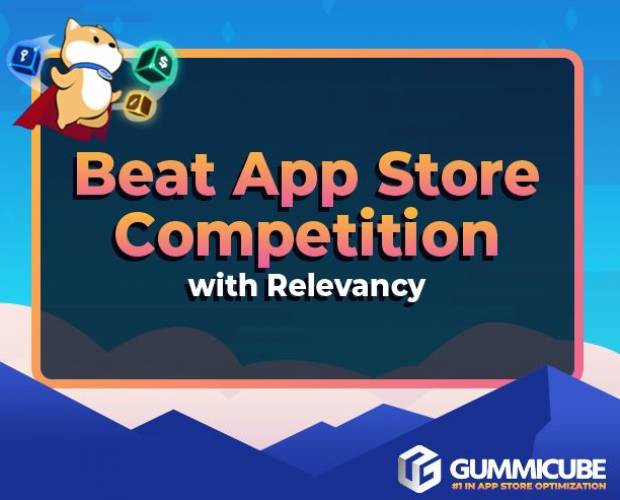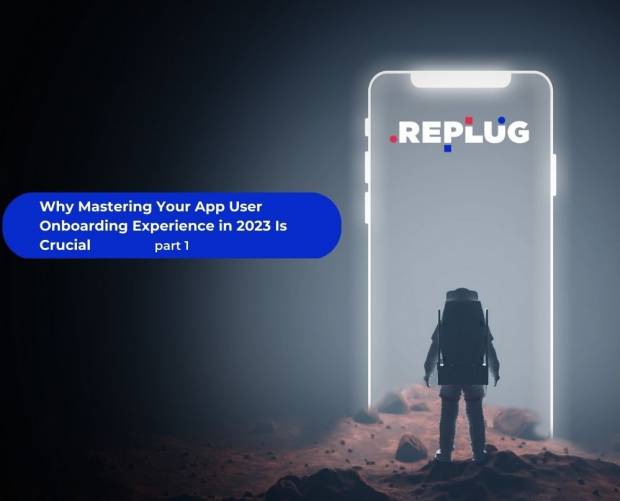In the second of his four-part series on creating mobile marketing campaigns, Anders Hansson, Senior Mobile Marketing Expert at Swedish mobile software development firm IntelliTech Software AB, looks at mobile Internet sites and Java-based services
Why are mobile phones and marketing so well suited for each other? A look at promotional slogans for well-known brands such as Coca-Cola: 'Within an arms length of desire' and Yellow Pages: 'Let your fingers do the walking' points to the answer. In this article we will show how to make your brand and your information available within an arms length from your customer. In the previous article we discussed permission marketing, how to persuade people to sign up for a mobile service and how to do simple SMS marketing like personalized alerts and mobile coupons. In this article, we will look at and compare two methods for getting your word across to the mobile: Mobile web sites and mobile services based on Java. We will practice by solving real-world marketing problems. This time by pushing mobile web sites and by creating our very own tailor-made mobile Java service with the help of InfoNU.
One important note: This series does not discuss all technologies and file formats available in modern mobile phones. Instead we are focusing on technologies that are compatible with the biggest possible number of mobile phones regardless of mobile phone manufacturer and model.
WAP and Mobile Websites
Remember the hysteria around WAP at the beginning of the millennium? WAP was announced as the technology to make internet in mobiles happen. In retrospect, the WAP introduction was a failure with slow download times, problems with lost connections and incompatibilities with the rest of the Internet. From a user perspective, the two main problems with WAP are: 1) It is painful to remember and enter WAP addresses on a mobile phone; and 2) It takes too long for the mobile to download information when the user finally manages to enter the WAP address. Even in a modern 3G network, the phone locks up for many precious seconds before the user can start to interact with a site.
Over the past few years, WAP technology has improved and has also been given a new name: the Mobile Internet. How to create user friendly and well-designed WAP or mobile websites is outside the scope of this article but it is well documented in other sources. In this article, we will focus on how to improve the user experience by making a site easier to access.
The solution to the first problem with WAP (how to make people navigate to your site when entering text on a mobile phone is so painful) is: Push a link to your site instead of forcing people to enter your address. Your user can access your site in a convenient way via the SMS message and can save the link as a bookmark in the mobile.
InfoNU supports three different
ways to push sites: Push a single page of information in the old WAP
format; push a single page of information in the new mobile web format;
or push a link to an external site stored on a server somewhere on the
Internet:
Task: Push a restaurant's menu to customers using the old WAP format. DOWNSTAIRS NIGHT DINNERS Monday Traditional southwestern French dish of duck leg, Tuesday Soul Food Ranch chicken Moroccan-style with chickpeas, Wednesday Slow-roasted Devil's Gulch Ranch rabbit with thyme, To unsubscribe, text STOP CAMMILOU to +44 77 86 202 988
Solution: Create a text file with the file extension .wml as in the following example:
pork belly, and garlic sausage with cannellini
and fava beans
sweet onions, apricots, and almonds
new garlic, new potatoes, and aioli
Note: This old WAP format works on virtually all mobile phones in use today.
Save
the file on your computer, upload the file to your InfoNU account and
push it out to consumers, either by clicking on a person's Communicate
link or by including the uploaded file in a campaign. When the link in
the SMS is opened on the mobile phone, the text in the uploaded page is
rendered.
Task: Promote the latest offerings by pushing a weekly newletter to customers using the new mobile web format.
Solution: Create a text file with the file extension .xhtml as in the following example:

The Browser building block displays text and selectable links to images, animations, sounds and videos in the mobile phone.
You edit the text and inserts links using the InfoNU Services, Postings page in the InfoNU portal.
ServerImage
The ServerImage building block displays an uploaded JPEG, PNG or GIF image in the mobile phone.
The image is scaled so that it fills the entire screen of the mobile.
ServerCanvas The ServerCanvas building block displays device independent vector graphics, text and animations in the mobile phone.
The ServerCanvas building block displays device independent vector graphics, text and animations in the mobile phone.
ServerForm

The ServerForm building block displays a form in the mobile phone.
After
the form is saved by pressing the Save button on the phone, it can be
displayed in your InfoNU account by visiting the phone.
There's a complete list of available building blocks here. Programmers can also write and add their own building blocks.
To design an InfoNU service, log on to your InfoNU account, select InfoNU Services in the Intranet Home menu, and click on Create New Service.
This opens the Create InfoNU Service Wizard. The wizard lets you put a
name on your service, design its icon and select the language your want
to use in your service. The most important step is Assemble Service. This is where you design your main menu by adding building blocks:

After the InfoNU service has been created, it can be distributed to
mobile phones in the same way as SMS messages or uploaded files.
Anders Hansson is with IntelliTech Software AB,
a mobile software development firm. The company offers consulting
services for customers like Ericsson, Symbian, Sony-Ericsson and
several European mobile operators. The company develops the open
mobile marketing platform InfoNU. In part 3 of the series, published next Friday, Anders looks at mobile
community services, user generated content and at how to move communities
to the mobile.








